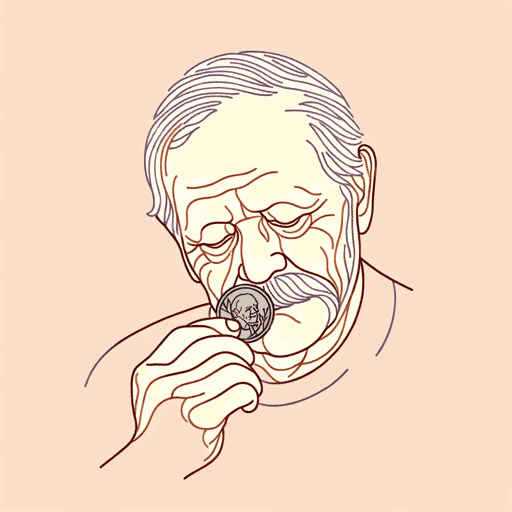27 pages • 54 minutes read
Sandra CisnerosEleven
Fiction | Short Story | YA | Published in 1991A modern alternative to SparkNotes and CliffsNotes, SuperSummary offers high-quality Study Guides with detailed chapter summaries and analysis of major themes, characters, and more.
Themes
The Difficult and Uneven Journey to Adulthood
At its core, “Eleven” is a coming-of-age story. These stories typically follow a protagonist’s development over a period of time. In “Eleven,” that period spans a single math class. However, the story’s brevity does not detract from the significance of Rachel’s growth. Although she is humiliated and demoralized in class, this is a formative experience in her journey to adulthood, in that her worldview transitions from youthful to weary. The beginning of this text employs childlike imagery to demonstrate Rachel’s youth even as she considers complex topics like the nature of age. For example, when discussing her own beliefs on age, she thinks of “little wooden dolls” (Paragraph 3), and she compares the ages within her to “pennies in a tin Band-Aid box” (Paragraph 5), evoking imagery of a young child saving spare change. Youth restricts her expression of ideas, but Rachel still engages with and comprehends mature topics, demonstrating that growing up is an uneven process.
Rachel’s word choice further indicates that she is still immature and childlike. The specific mention of “pennies” rather than a coin of a higher monetary value underscores that she is very young, as does her use of the phrase “smart eleven” to convey the idea that simply turning 11 doesn’t automatically convey increased maturity.
Related Titles
By Sandra Cisneros
Featured Collections
Books on Justice & Injustice
View Collection
Challenging Authority
View Collection
Chicanx Literature
View Collection
Coming-of-Age Journeys
View Collection
Hispanic & Latinx American Literature
View Collection
Popular Study Guides
View Collection
Power
View Collection
Pride & Shame
View Collection






